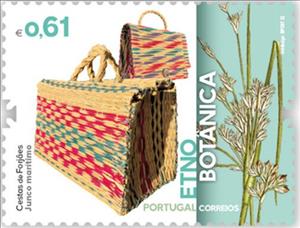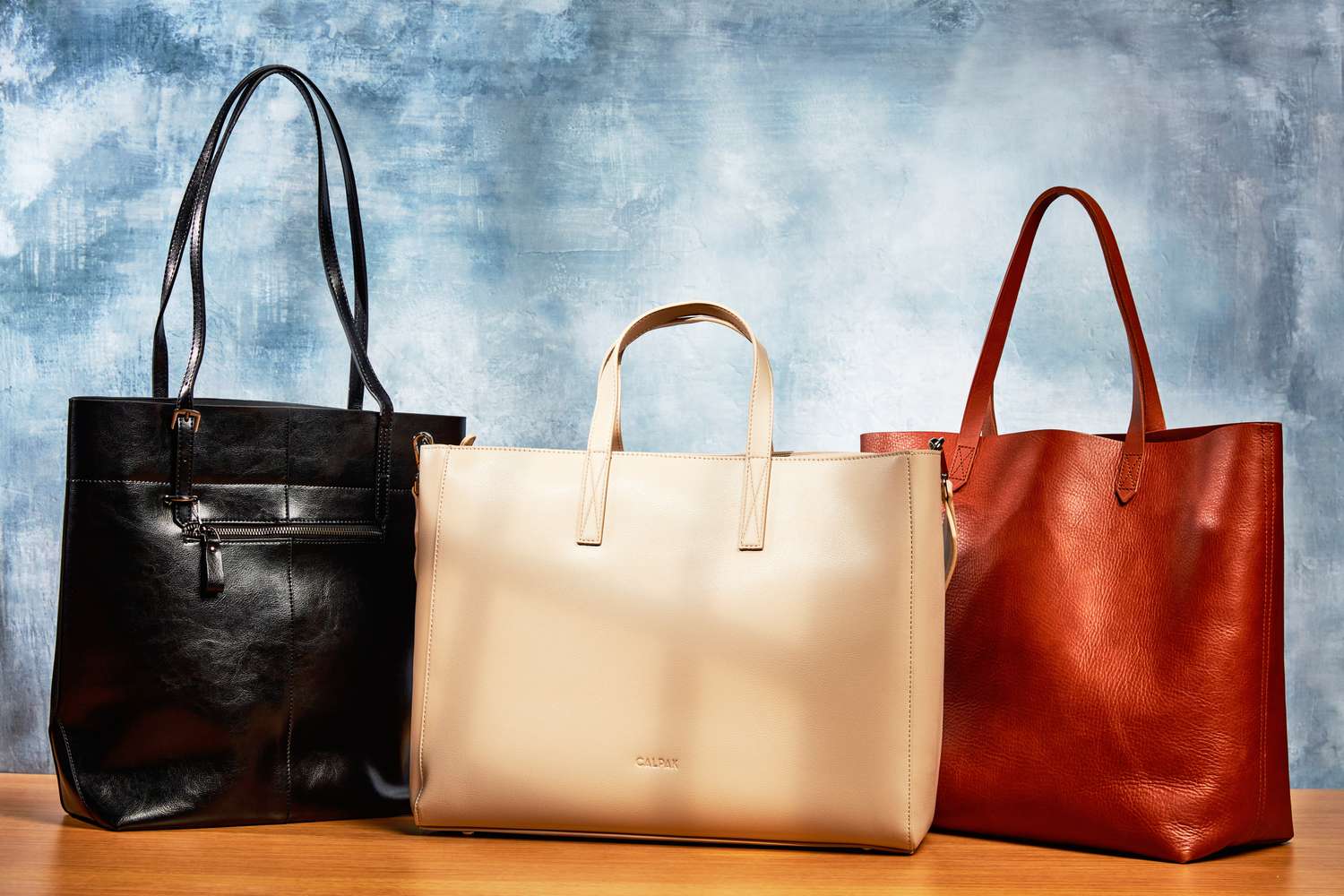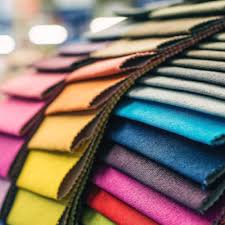Stamp: Forjães Baskets and Juncus maritimus (Portugal 2023)
Forjães Baskets and Juncus maritimus (Portugal 2023)
28 August (Portugal ) within release Ethnobotany in Portugal (2023) goes into circulation Stamp Forjães Baskets and Juncus maritimus face value 0.61 Euro
| Stamp Forjães Baskets and Juncus maritimus in catalogues | |
|---|---|
| Colnect codes: | Col: PT 2023.08.28-01 |
Stamp is horizontal format.
Also in the issue Ethnobotany in Portugal (2023):
- Stamp - Boat Sculpture and Fig Tree face value 1.05;
- Stamp - Embroidery and Cotton Plant face value 1.50;
- Souvenir Sheet - Ethnobotany in Portugal face value 2*1.50;
- Stamp - Forjães Baskets and Juncus maritimus face value 0.61;
- Stamp - Inlaid Box and Macaronesian holly (Ilex perado) face value 1.05;
- Stamp - Lazarim Carnaval Mask and Alder Tree face value 0.61;
- Stamp - Lorvão Toothpicks and Willow Tree face value 0.80;
- Stamp - Objects Woven with Algarve Palm face value 0.80;
- Stamp - Witch of Arruda Doll and Raffia Palm face value 1.50;
Stamp Forjães Baskets and Juncus maritimus it reflects the thematic directions:
A bag, also known regionally as a sack, is a common tool in the form of a floppy container, typically made of cloth, leather, bamboo, paper, or plastic. The use of bags predates recorded history, with the earliest bags being lengths of animal skin, cotton, or woven plant fibers, folded up at the edges and secured in that shape with strings of the same material. Bags can be used to carry items such as personal belongings, groceries, tools, and other objects. They come in various shapes and sizes, often equipped with handles or straps for easier carrying.
Flora is the plant life occurring in a particular region or time, generally the naturally occurring or indigenous—native plant life. The corresponding term for animal life is fauna. Flora, fauna and other forms of life such as fungi are collectively referred to as biota. Sometimes bacteria and fungi are also referred to as flora, as in the terms gut flora or skin flora.
Textile is an umbrella term that includes various fiber-based materials, including fibers, yarns, filaments, threads, and different types of fabric. At first, the word "textiles" only referred to woven fabrics.However, weaving is not the only manufacturing method, and many other methods were later developed to form textile structures based on their intended use. Knitting and non-woven are other popular types of fabric manufacturing. In the contemporary world, textiles satisfy the material needs for versatile applications, from simple daily clothing to bulletproof jackets, spacesuits, and doctor's gowns



